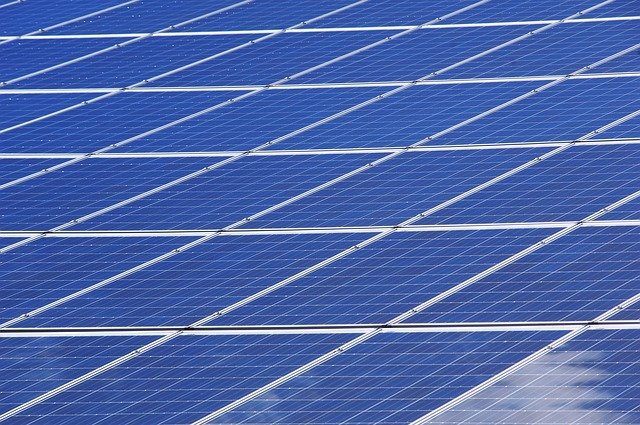
The lux meter captures light through a photovoltaic cell
A lux meter is a device used to measure light intensity . These devices express their results in luxes : a unit of the international system.
Lux
A lux, whose symbol is lx , is equivalent to the illuminance of an area to which a luminous flux of 1 lumen per square meter reaches . Luxmeters, therefore, express how many luxes a surface receives . To carry out measurements, these devices have a photoelectric cell that allows light to be captured.
Once the light has been captured, the lux meter is responsible for converting it into electrical impulses that are then represented according to the lux scale. The result can be seen using a needle or on a screen .
Operation
Current models are based on the principle of the charge-coupled device, an integrated circuit that has a certain number of capacitors, each of which is capable of transferring its charge to one or more of the neighboring capacitors. You can also take advantage of the photovoltaic cell , a device that can convert light energy into electrical energy.
The integrated circuit of the lux meter, in short, receives the photons (the elementary light-carrying particles) and converts them into an electrical signal . This analog signal becomes visible with the movement of the needle, its expression through a figure shown on the display (which can be a liquid crystal screen) or when a diode turns on. This same can be achieved using a photoresistor linked to an ohmmeter.
In order to prevent the measurement from being altered due to spectrum differences, it is possible to use a correction filter . A very common case of error occurs when trying to generate an electron from the energy of a group of photons depending on the light used: blue light is less effective than yellow light.
There are lux meters with different scales . These devices can be aimed at measuring very strong or weak luminosities, depending on the need. The strongest ones can reach considerably high numbers, around tens of thousands.
Illuminance
Illuminance , on the other hand, is the magnitude that refers to the luminous flux incident on a unit area . There is another complementary concept, which is known as luminous excitation or luminous emittance , and describes the flux emitted by a surface per unit.
All of this belongs to the field of photometry , the science dedicated to measuring light, and deals with topics such as the brightness we perceive with our eyes. To compose the illuminance equation, which returns a measurement in the unit lux , we must divide the luminous flux that falls on the surface by the differential element of area, whose unit is the square meter.

Both cinema and photography take advantage of the lux meter
Uses and applications of the lux meter
The uses of lux meters are very varied. They can be used to measure the lighting of a workplace , helping to reduce occupational risks and occupational diseases linked to lighting deficiency, for example. They are also useful for knowing light pollution and saving energy .
This last point is becoming increasingly important as we become more aware of the impact of our consumption of natural resources . On the other hand, two areas in which the lux meter has been very useful for a long time are cinema and photography. In both cases the measurement of light is crucial to produce the desired effect, since it not only serves to ensure that the subjects and objects are seen correctly in the final image, but can influence the character of the work.
